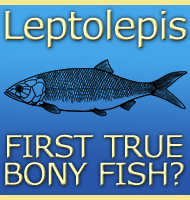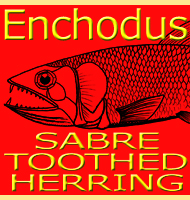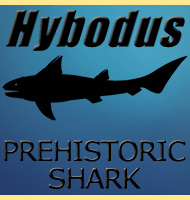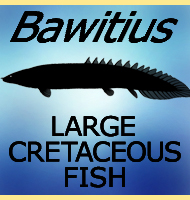


Thrissops
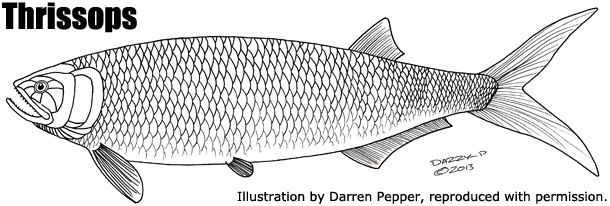
Name: Thrissops.
Phonetic: Friss-ops.
Named By: Louis Agassiz - 1833.
Classification: Chordata, Actinopterygii,
Osteoglossomorpha, Ichthyodectiformes, Ichthyodectidae.
Species: T. curtus, T. molossus.
Diet: Carnivore.Piscivore.
Size: About 60 centimetres long.
Known locations: Europe and North Africa.
Time period: Late Jurassic to the Cretaceous.
Fossil representation: Many individuals.
A smaller relative of the fearsome Xiphactinus, Thrissops would have still been a fearsome predator of smaller fish. The tail is deeply forked with the upper and lower lobes roughly equal in proportion to one another, a clear sign that the tail was capable of tremendous bursts of speed. It’s possible that Thrissops mostly initiated sudden bursts forward when closing in on a prey item, such as a single fish that had broken away from a shoal of prey that an individual and possibly other Thrissops were harassing.
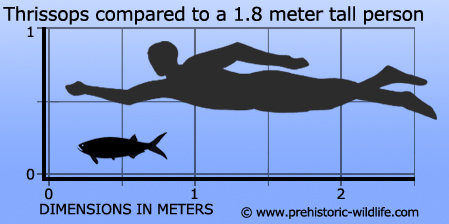
Further reading
- The fossil fishes of the English Wealden and Purbeck Formations,
Part III - A. S. Woodward - 1919.
----------------------------------------------------------------------------
Random favourites
 |
 |
 |
 |
